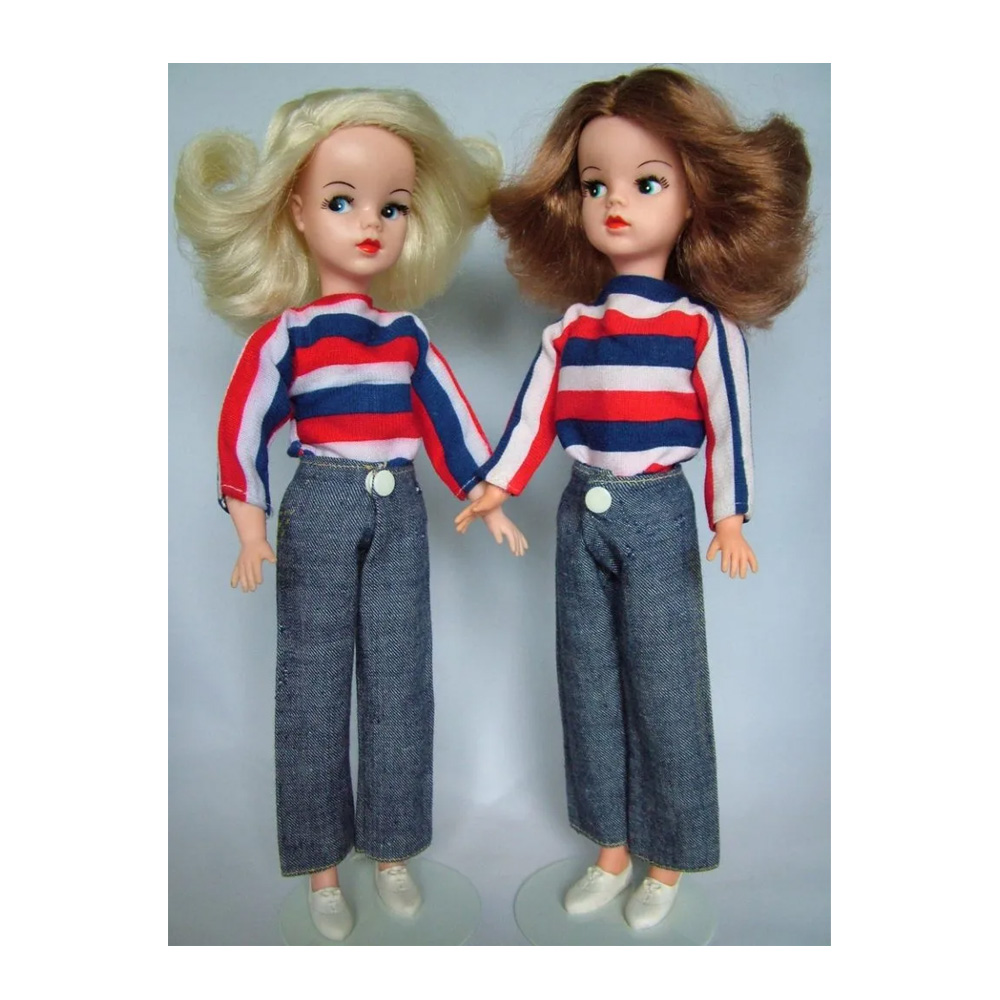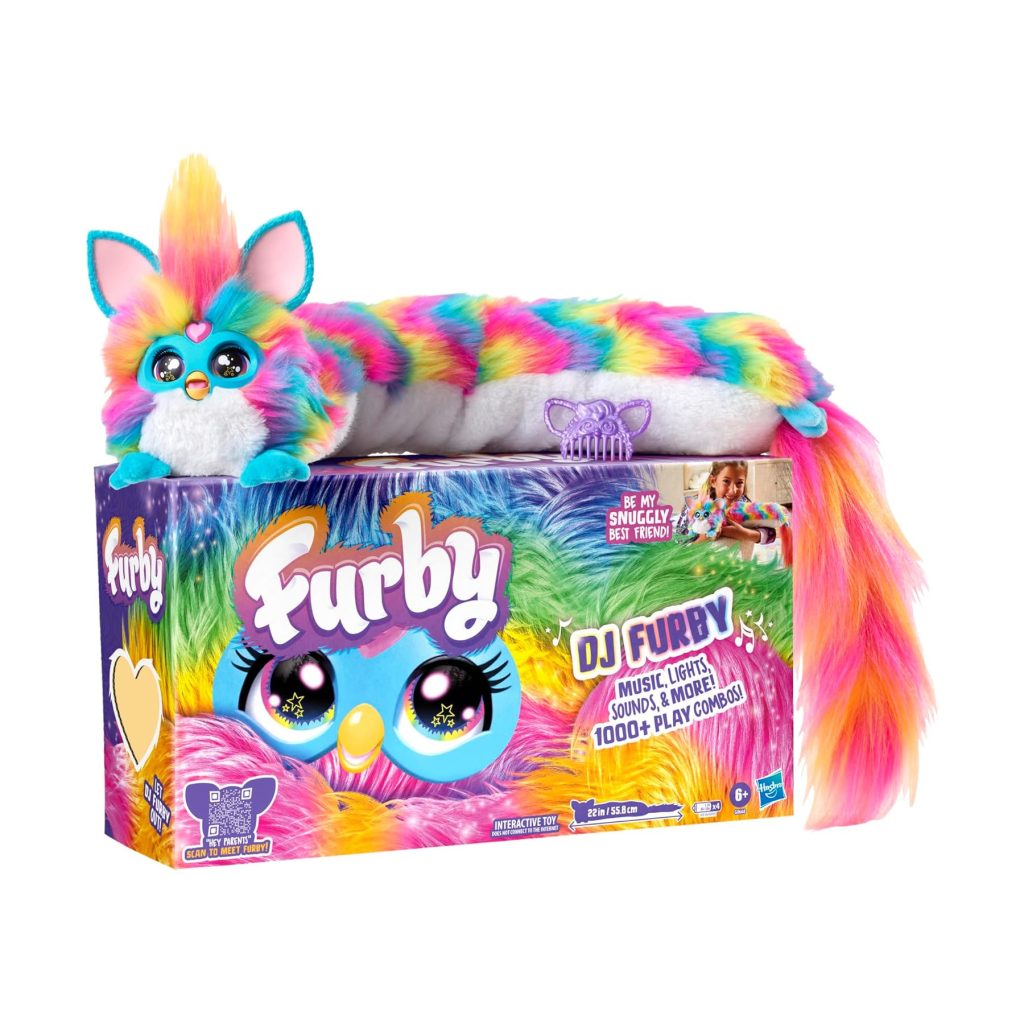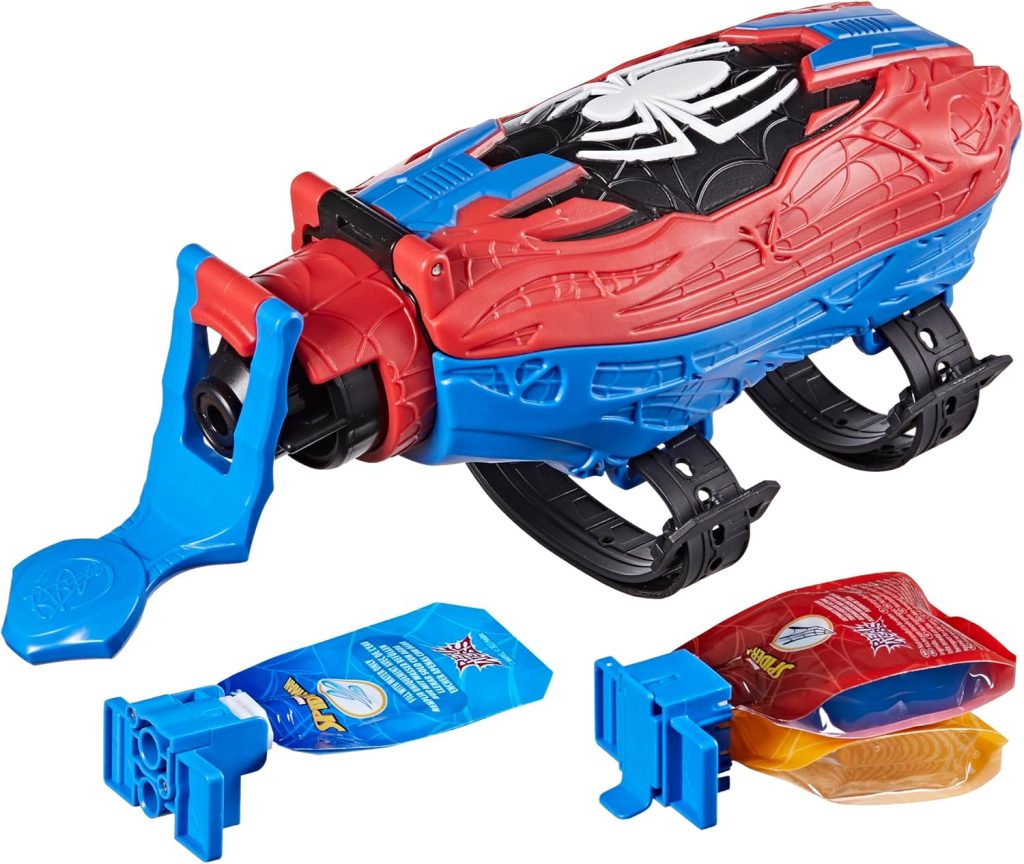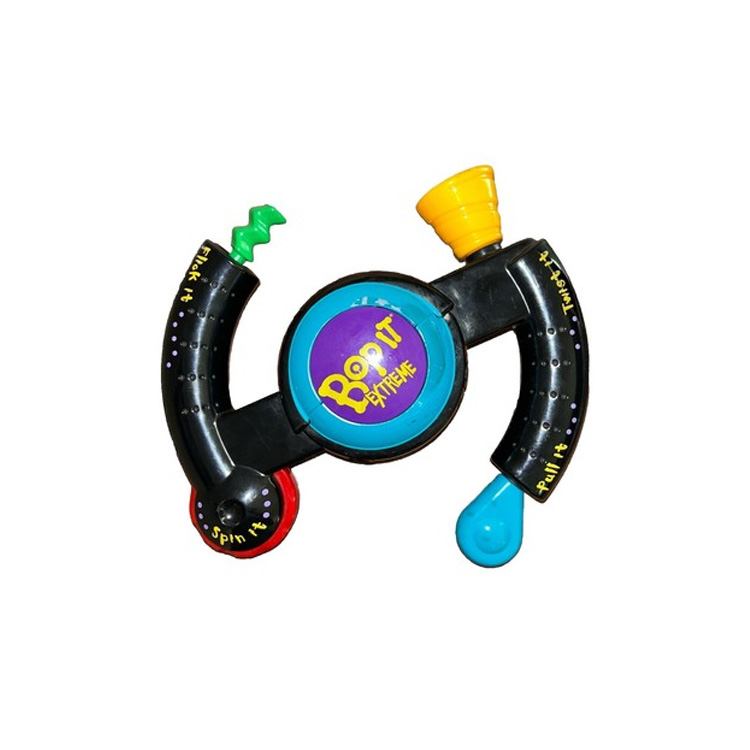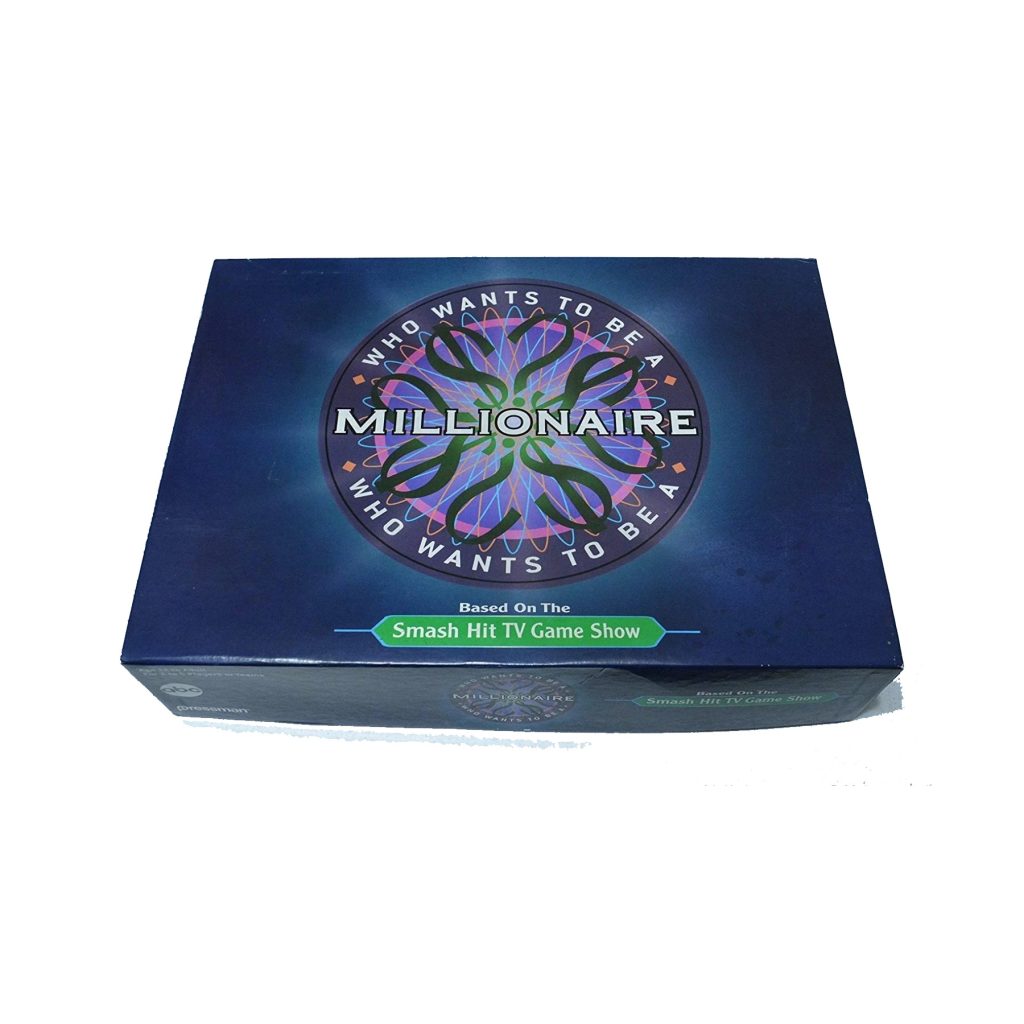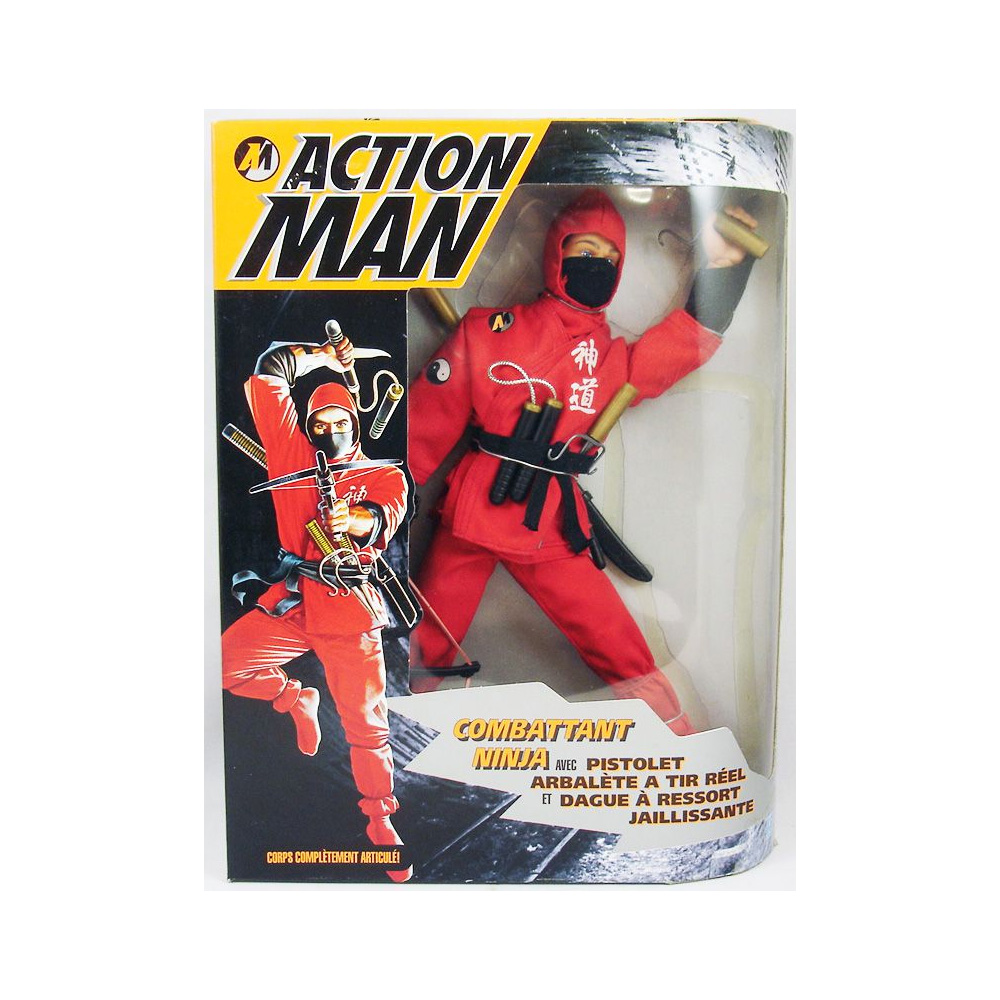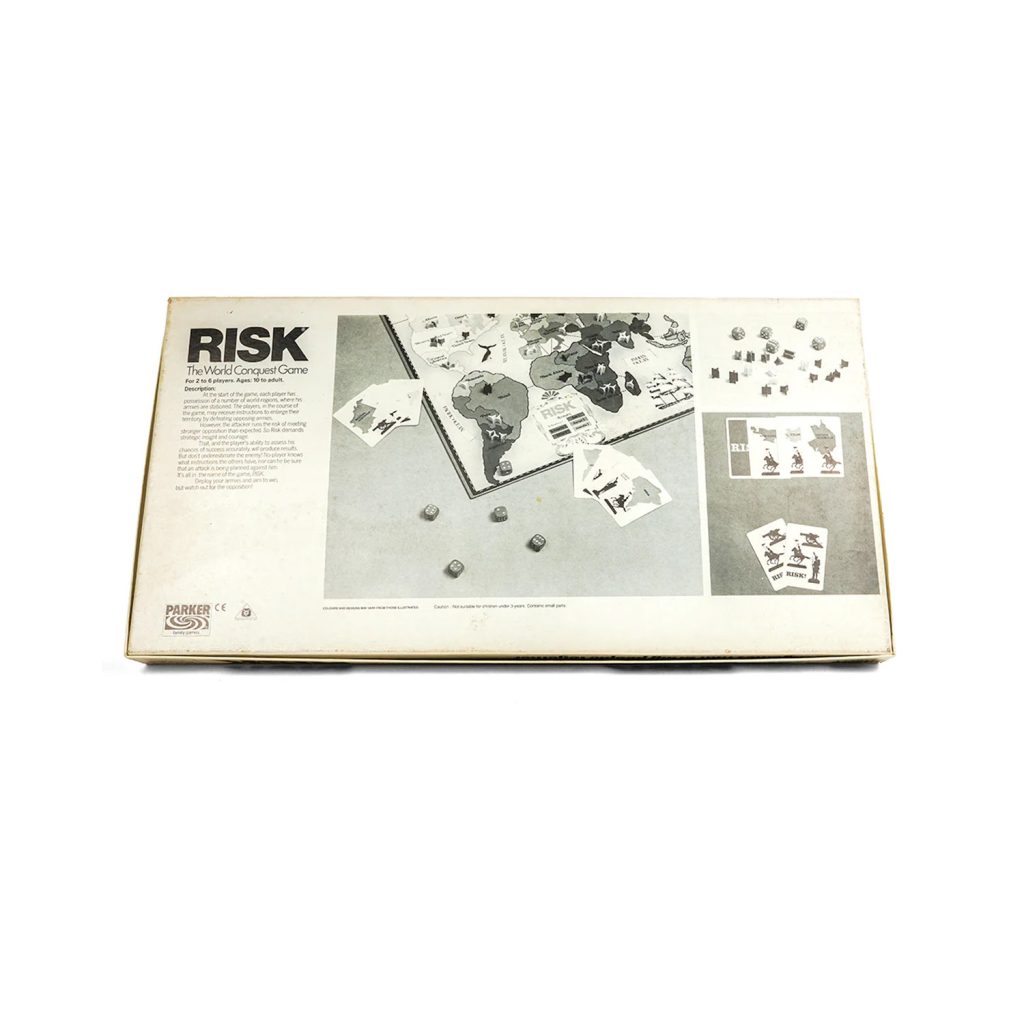
⏰ “Don’t leave it too late — some Christmas best-sellers sell out early each year.”
Risk Strategy Board Game Top 10 Christmas Toys 1970
Risk Strategy Board Game Top 10 Christmas Toys 1970
The Risk Strategy Board Game turned Christmas 1970 into a battlefield of dice rolls, alliances, and betrayals, all played out on the dining room table. Imagine the post-dinner hush, crackers pulled and paper hats slipping sideways, when someone slid a large rectangular box across the floor. Out came a colourful map divided into territories, a stack of plastic armies, and the thrill of conquering the world without leaving your living room. For many families, Risk became more than just a game—it was a test of patience, tactics, and sibling diplomacy that carried long into Boxing Day.
1970: A Year in Context
The year 1970 marked the end of a turbulent decade. Cold War tensions were shaping global politics, while in Britain, music festivals and youth culture carried a spirit of rebellion. Television was central to family evenings, with shows like “Dad’s Army” and “The Goodies” filling screens. At the same time, board games were enjoying a golden age, serving as both entertainment and subtle education. Risk, with its map-based battles and global strategies, tapped perfectly into this cultural moment where geopolitics and family fun collided in surprisingly harmonious ways.
How Risk Captured the Imagination
Originally invented by Albert Lamorisse in the late 1950s and later developed by Parker Brothers, Risk grew in popularity throughout the 1960s before cementing its place on Christmas lists in 1970. The idea was deceptively simple: control armies, roll dice, and conquer territories until the world was yours. But what made Risk addictive was its combination of luck and skill. Children quickly learned the value of alliances, the heartbreak of broken treaties, and the smug joy of seeing an opponent’s last army removed from the board. For many, this was their first taste of strategy on a grand scale.
A Christmas Morning Tradition
Families who unwrapped Risk that year often spent hours deciphering rules before diving into battles that stretched into Boxing Day. The brightly coloured armies were irresistible, and kids lined them up with military precision. Parents, initially cautious about the complexity, soon found themselves as engrossed as their children. Unlike many toys that were abandoned after a day or two, Risk encouraged repeat play—each game unfolding differently, with rivalries and alliances carrying over into the next round.
Queues and Demand
Risk was one of those toys that filled catalogue pages with promises of world domination. In department stores, it often shared shelf space with Monopoly and Cluedo, yet its unique global warfare angle gave it an edge. Parents reported stock shortages in the run-up to Christmas 1970, particularly in London and larger cities. The buzz of children comparing territories and trading tips on the playground only added to the fever, making Risk a “must-have” that year for older kids and teenagers who wanted a game that felt grown-up.
Price Then and Now
In 1970, Risk sold for around $1.73 (roughly £1.40), which translates to about £26.99 today. At that price, it sat in the “main present” category—more than a stocking filler but still accessible for families. Vintage editions of the game, especially those with intact maps and original armies, are now highly sought after by collectors. Some boxed sets from the 1970s can fetch over £100, a reminder that the gift which once launched countless sibling rivalries has become a piece of nostalgic treasure.
Why Risk Stood Out
Risk combined intellectual challenge with family fun. While Monopoly tested financial cunning and Cluedo sharpened deductive reasoning, Risk offered the thrill of global conquest. Kids who played Risk learned lessons about patience, negotiation, and the consequences of overextension—all under the guise of play. In many ways, the game mirrored the geopolitical chessboard of its era, where superpowers manoeuvred for influence. Yet in a family sitting room, those same dynamics played out with laughter, frustration, and the occasional slammed dice cup.
Risk in the Cultural Landscape
As Britain navigated strikes, inflation, and shifting politics, Risk provided a safe stage for exploring themes of conflict and cooperation. Board games like this also reflected a growing appetite for more sophisticated entertainment. According to the history of Risk, by the early 1970s the game had already become a bestseller worldwide, cementing its role as both a Christmas favourite and a cultural icon. Unlike many fleeting fads, Risk held its ground, evolving through new editions while keeping the core experience intact.
Nostalgia and Legacy
Ask anyone who unwrapped Risk in 1970, and they’ll recall marathon sessions, heated negotiations, and the peculiar joy of finally toppling an older sibling’s empire. Nostalgia lingers strongest in the memory of colourful plastic armies spread across a map that seemed impossibly vast at the time. Today, Risk continues to thrive with themed editions—Star Wars, Game of Thrones, and more—yet for those who played in 1970, nothing beats the classic board and its simple promise: world domination through dice and strategy.
1970 Christmas Memories
Christmas Day 1970 saw living rooms turned into war rooms. After turkey and pudding, families would clear the table and set up Risk, embarking on campaigns that outlasted the Queen’s Speech. Some games ended abruptly in laughter; others dragged on until bedtime, with parents declaring “that’s enough for tonight.” The game became more than entertainment—it was a family ritual, a test of resilience, and an excuse for staying up late. Memories of those first battles remain etched in the minds of players, as vivid as the bright colours of the original map.
Conclusion
More than fifty years later, the Risk Strategy Board Game still holds a special place in the world of family entertainment. Its blend of luck, strategy, and diplomacy made it one of the standout gifts of Christmas 1970. For those who lived through the thrill of unboxing it, Risk represents both the excitement of childhood and the comfort of family gatherings. You can revisit this classic and others in our Top 10 Christmas Toys 1970 archive, explore how it fits into the most popular Christmas toys of the era, and see what children are dreaming of this year in our Top 10 Christmas Toys 2025 guide. The battlefield may have moved on, but the memories of those early campaigns remain timeless.
Some links on our site are affiliate links. If you buy through them, we may earn a small commission — at no extra cost to you. 🎄
⏰ “Don’t leave it too late — some Christmas best-sellers sell out early each year.”
Available From:


